Instruments Guitar, vocals | Years active 1964–present Name Jorma Kaukonen | |
 | ||
Born December 23, 1940 (age 84) Washington, D.C., United States ( 1940-12-23 ) Role Guitarist · jormakaukonen.com Music groups Movies Fingerstyle Guitar: Vol. 1, Rockpalast: West Coast Legends Vol. 2: Jorma Kaukonen & Vital Parts Albums Profiles | ||
Occupation(s) Musician, songwriter | ||
Jerry garcia jorma kaukonen jorma jerry s jam v2 perro sessions 1971
Jorma Ludwik Kaukonen, Jr. (; ; born December 23, 1940) is an American blues, folk, and rock guitarist, best known for his work with Jefferson Airplane and Hot Tuna. Rolling Stone magazine ranked him #54 on its list of 100 Greatest Guitarists.
Contents
- Jerry garcia jorma kaukonen jorma jerry s jam v2 perro sessions 1971
- Jorma Kaukonen Hesitation Blues
- Early life
- Jefferson Airplane
- Hot Tuna
- Solo
- Equipment
- References
Jorma Kaukonen - Hesitation Blues
Early life
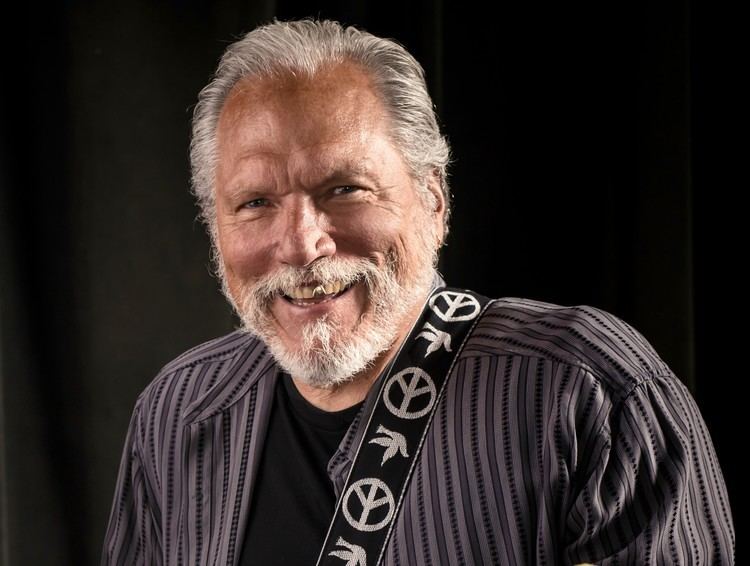
Born in Washington, DC, the son of Beatrice Love (née Levine) and Jorma Ludwig Kaukonen, Jorma Kaukonen had Finnish paternal grandparents and Russian Jewish ancestry on his mother's side.
Kaukonen learned to play guitar as a teenager in Washington, DC, but before moving to the DC area, Jorma and family lived in Pakistan, the Philippines and other locales as he followed his father's State Department career from assignment to assignment before returning to the place of his birth. As a teenager in Washington, Kaukonen and friend Jack Casady formed a band called The Triumphs, with Kaukonen on rhythm guitar and Casady on lead. Kaukonen departed Washington for studies at Antioch College, where friend Ian Buchanan taught him fingerstyle guitar playing. Buchanan also introduced Kaukonen to the music of Reverend Gary Davis, whose songs have remained important parts of Kaukonen's repertoire throughout his career.
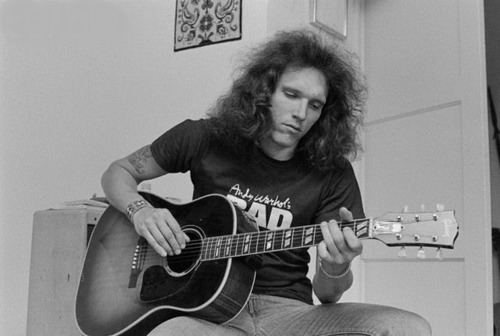
In 1962, Kaukonen moved to the San Francisco Bay Area and enrolled at Santa Clara University. During this time, he taught guitar lessons at Benner Music Company in San Jose. As a self-described blues purist, Kaukonen never had any ambition to play in a rock band. He played as a solo act in coffee houses and can be heard accompanying a young Janis Joplin on acoustic guitar on an historic 1964 recording (known as "The Typewriter Tapes" because of the obtrusive sound of Kaukonen's first wife, Margareta, typing in the background).
Jefferson Airplane
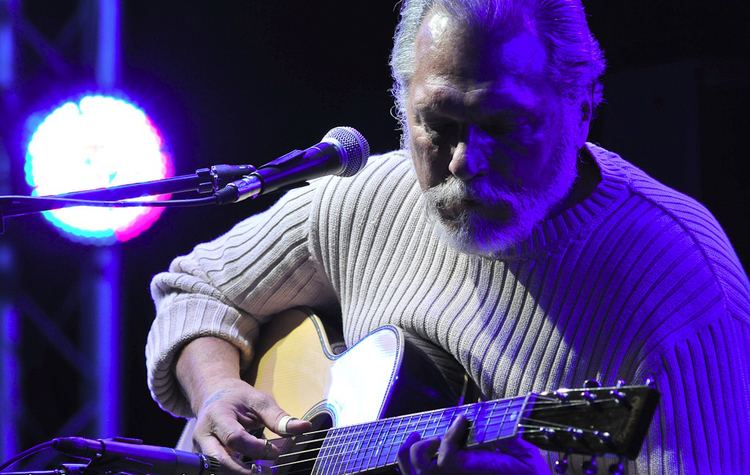
In 1965, friend and classmate Paul Kantner invited Kaukonen to join a rock band he was forming with Marty Balin. Kaukonen was initially reluctant, but found his imagination excited by the arsenal of effects available to electric guitar, later remarking "I was sucked in by technology." With the group still looking for a name, Kaukonen suggested the name Jefferson Airplane, inspired by an eccentric friend who had given his dog the name "Blind Lemon Jefferson Airplane." When their original bass player was fired, Kaukonen recommended his friend Jack Casady (who still lived in Washington D.C. at the time) as a replacement.
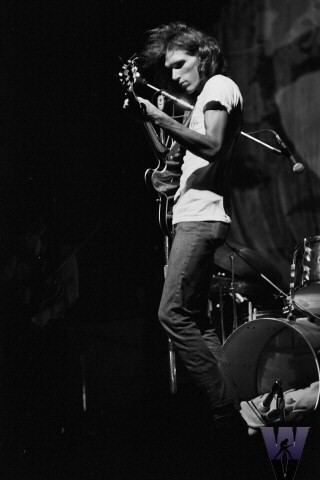
Though never a prolific singer and songwriter during his Airplane tenure, Kaukonen contributed some distinctive material to the group; On the band's second album, Surrealistic Pillow, his song "Embryonic Journey" showcased his fingerstyle acoustic guitar virtuosity. On the next album, After Bathing at Baxter's, his sound had a harder edge inspired by Mike Bloomfield of the Paul Butterfield Blues Band, Cream, and other touring groups that performed in San Francisco. These stylistic changes are prominent in the acid rocker, "The Last Wall of the Castle", as well as the long (9:12) instrumental, "Spare Chaynge", cowritten with bandmates bassist Jack Casady and drummer Spencer Dryden. The improvisation marking "Spare Chaynge" is also present in the free-form extended jams, "Thing" and "Bear Melt", both live instrumentals recorded in 1968. Kaukonen insists, however, in the liner notes of the Live at the Fillmore East album, that these jams were not chaotic "free for alls", but were "complex rehearsed arrangements." Two songs that were later to become Hot Tuna signature tunes, "Rock Me Baby" and "Good Shepherd", a gospel ballad, were also recorded during the period 1968–1969. "Star Track", a song from 1968's Crown of Creation album, was also written by Kaukonen. He says it is about his own dealing with sudden fame, as the lyrics suggest: "Take your head in hand and make your own demands or you'll crystallize on the shelf / The freeway's concrete way won't show you where to run or how to go."
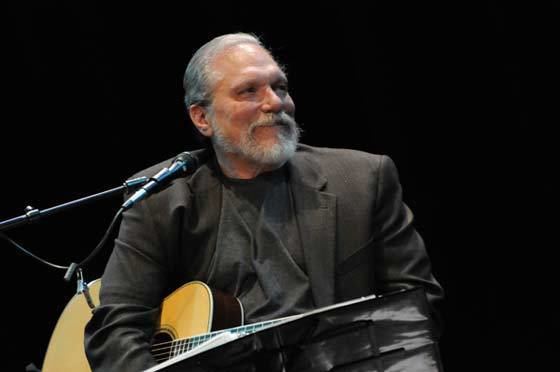
Original compositions by Kaukonen on the 1971 Jefferson Airplane album, Bark are an instrumental, "Wild Turkey," "Feel So Good," and the acoustic autobiographical "Third Week in the Chelsea," detailing his feelings about the disintegration of the band. For the 1972 Long John Silver album, he wrote "Trial by Fire," a song which he still plays, and "Eat Starch Mom," a heavy song and the closer of the album, additionally significant for it being possibly the only Kaukonen-written song which Grace Slick sings by herself.
Hot Tuna
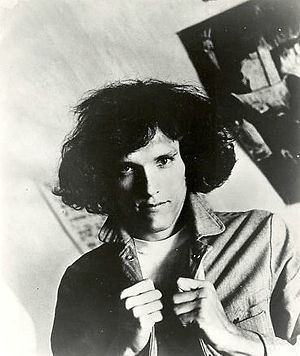
In 1969–70, Kaukonen and Jack Casady formed Hot Tuna, a spinoff group that allowed them to play as long as they liked. An early incarnation of Hot Tuna included Jefferson Airplane vocalist Marty Balin and featured Joey Covington on drums and vocals. This grouping came to an end after an unsuccessful recording jaunt to Jamaica, the sessions of which have never been released. Pared down to Kaukonen and Casady, Hot Tuna lived on as a vehicle for Kaukonen to show off his Piedmont-style acoustic blues fingerpicking skills. The self-titled first album was all acoustic and recorded live. With the dissolution of Jefferson Airplane in 1972, Hot Tuna went electric, with Airplane fiddler Papa John Creach joining for the next two albums. Hot Tuna scored an FM hit with "Ja Da (Keep on Truckin')" from their third (and first studio) album, Burgers. At this time, Kaukonen's songwriting began to dominate, as further evidenced by the next album, The Phosphorescent Rat, which featured only one cover song.
Beginning with their fifth album, America's Choice (1974), the addition of drummer Bob Steeler encouraged a rise in volume and a change of band personality —a rampaging, Cream-like rock with often quasimystical lyrics by Kaukonen. During this period, the power trio was known for its very long live sets and instrumental jamming. Hot Tuna toured vigorously throughout the 1970s in both the United States and Europe, but with Hot Tuna's break up in 1978, the first phase of the band's career ended. Casady left to form the new wave band SVT, while Kaukonen played as a solo act at venues that had been booked for Hot Tuna's cancelled 1978 tour.
Solo
Kaukonen began his solo career several years prior to the breakup, when he recorded the 1974 album Quah. Produced by Jack Casady, Quah featured string overdubs on some tracks, as well as several tracks written and sung by Kaukonen's friend Tom Hobson. The opening track "Genesis" is featured in the films Margot at the Wedding (2007) and Transcendence (2014). The album's cover is on display at Donkey Coffee and Espresso, a coffee shop in Athens, Ohio.
In 1979, Kaukonen released his second solo album, Jorma. Later that year, Kaukonen and Bob Steeler formed the band Hidden Klitz (later White Gland) with bassist Denny DeGorio, who had played in a San Francisco band called The Offs with Steeler. Kaukonen, experimenting with a new image, not only cut his hair, but dyed it purple then bright orange, and had extensive tattoos adorn his body, back, and arms. Steeler left in late '79 and was replaced by Danny O'Brien on drums, who in turn, was later replaced by John Hanes. Now called Vital Parts, they recorded the album Barbeque King which was released in 1980. Kaukonen's traditional fan base did not warm to this new, perceived to be "punk" image, and sales of the album were so disappointing that Jorma was soon dropped from RCA Records.
He continued playing as a solo artist throughout the 1980s at such venues as The Chestnut Cabaret in Philadelphia, The Capitol Theater in Passaic, New Jersey, and in Port Chester, New York. As in his Hot Tuna days, he played very long sets, usually beginning with an hour-long acoustic set followed by a long intermission and then a two-hour electric set, sometimes accompanied by bass and drums. Having briefly reformed for a tour in 1983 that closed with a farewell show at Jonathan Swift's in Cambridge, Massachusetts, on 12/30/1983, Hot Tuna again reformed in the late 1980s. At a 1988 Hot Tuna performance at The Fillmore, Kaukonen surprised fellow Airplane alumnus Paul Kantner, who was sitting in, with a surprise appearance by his estranged lover Grace Slick; the success of this performance helped to pave the way for a Jefferson Airplane reunion tour and record in 1989.
In 1985, Kaukonen performed with the band There Goes the Neighborhood with Jaco Pastorius (bass), Doug McClean (harmonica), Whitie Melvin (percussion), Ben Prevo (guitar), and Rashied Ali (congas).
In 1984, Kaukonen appeared on Robert Hunter's Amagamalin Street. This was the third album released by Relix Records, a label, founded by Les Kippel, that specialized in bands from the San Francisco Bay Area. Relix also released Splashdown, featuring a rare performance by Hot Tuna on WQIV, a now-defunct radio station in New York. Kippel was instrumental in reuniting Kaukonen and Casady in 1985 for a Hot Tuna theater tour. Relix Records remained Hot Tuna's record label until 2000, and also released Classic Hot Tuna Acoustic, Classic Hot Tuna Electric, Live at Sweetwater, and Live at Sweetwater Two.
In 1993, he collaborated with ex-Grateful Dead keyboardist Tom Constanten in recording numerous arrangements of "Embryonic Journey." The resulting tracks were released as Embryonic Journey, the album, in 1994 on the Relix label. In 1999, he played several gigs with Phil Lesh and Friends. In 2000, he appeared with jam band Widespread Panic during their summer tour.
With his wife Vanessa, Kaukonen currently owns and operates the Fur Peace Ranch, a 119-acre (0.48 km2) music and guitar camp in the hills of southeast Ohio, north of Pomeroy, complete with a 32 track studio. He is currently under contract as a solo artist to Red House Records and still records and tours with Jack Casady and other friends such as Barry Mitterhoff as Hot Tuna. His Grammy-nominated 2002 album Blue Country Heart was widely acclaimed by critics as one of the definitive examples of American "Depression-era" music and features Kaukonen backed by a group of Nashville session musicians.
Equipment
As a member of Jefferson Airplane, Kaukonen's primary guitar was a Gibson ES-345, noted for the visible Varitone dial on the guitar and the signature 345 logo on the headstock. Jorma presently endorses Martin Guitars. In 2010, Martin Guitars released the Martin M-30 Jorma Kaukonen Custom Artist Edition. This guitar was designed by Jorma using ideas from two Martin guitars that he had previously been playing – a David Bromberg Custom Artist Edition and an M-5 prototype. Kaukonen also uses and endorses the Fishman Loudbox amp.
